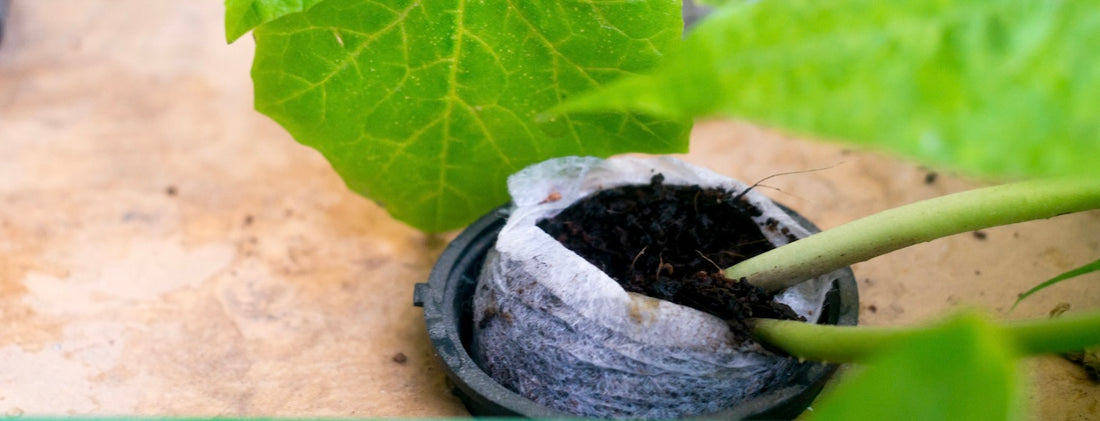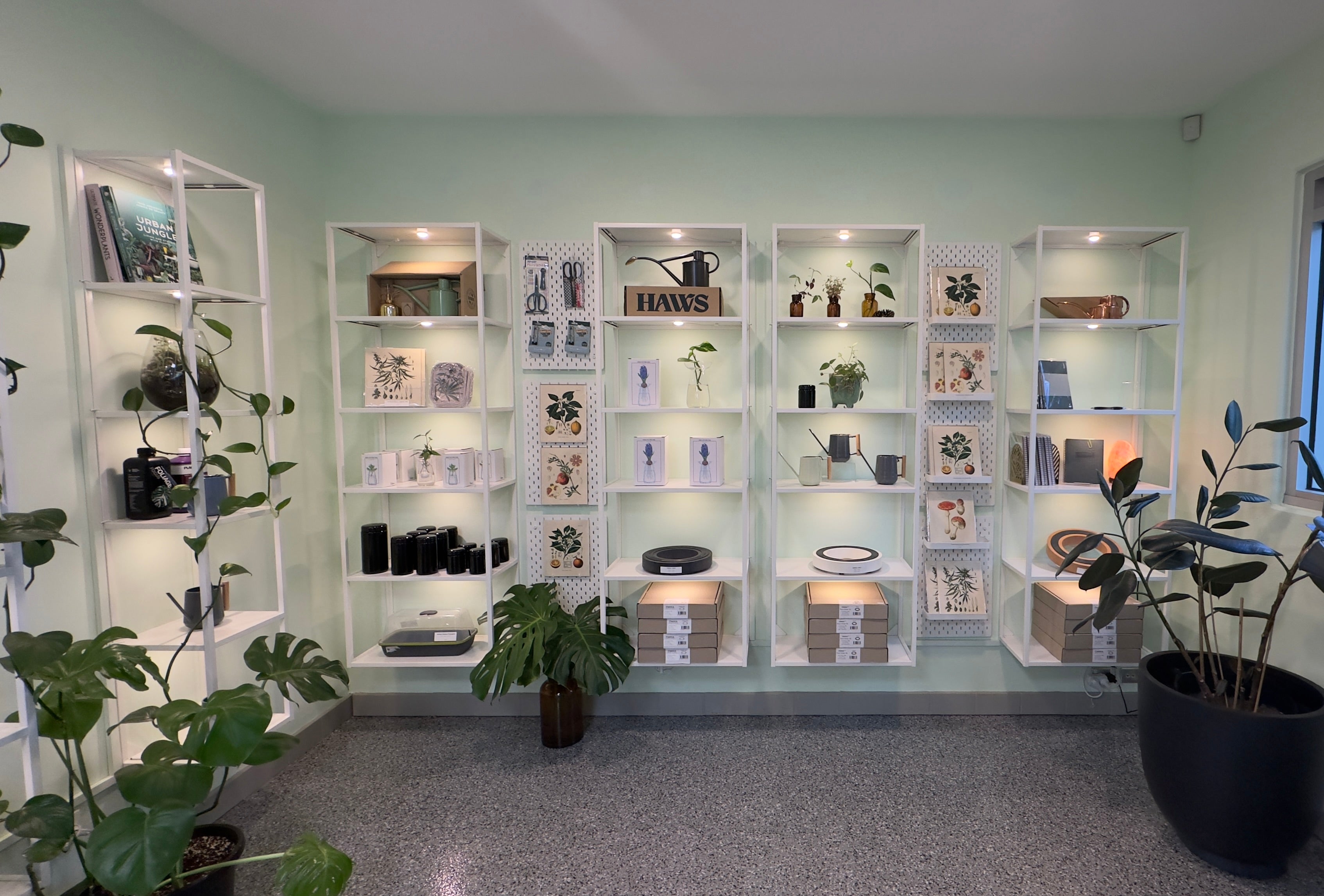A great question, the amount we water/feed our plants is different for each growing medium used.
The amount of water/food we use is subjective to the size of the pot being used.
The frequency of water/food being applied is dependent on a few things, specifically consumption, have they started to suck the pot dry or are they sitting in a soggy pot not really doing much?
In this topic we discuss the most commonly used growing medium and the most commonly applied watering/feeding techniques, and more importantly what you can do in these situations if something isn’t going to plan. This tutorial is based on RTW, this doesn’t negate flushing if there is a problem.
Coco Coir, Coco Perlite & Coco Clay mixes
Coco is not soil, therefore we cannot treat it like soil. Coco needs to be kept moist pretty much all the time. If coco dries out too much it actually inhibits the spread of root growth.
This seems to be a confusing topic for new gardeners so let’s break things down a little, firstly lets pick a method of feeding for this example I will use run-to-waste as the feeding method.
Everything is relative to growth and pot size!
100mm Pots, usually house seedlings for the first 2-3 weeks before transplanting into the next size pot up.
Now, a 100mm pot is not going to consume much food each day, but it does require food each day. The idea here is to ‘micro-feed” to help the plants root system develop which in turn will require greater amounts of food as it grows (transportation).
Run to waste (RTW) merely indicates that upon feeding a solution there is a small amount of run off, this tells the grower that the medium has been soaked effectively, not drowned.
A seedling sitting in a soggy pot will do nothing, and even more so if your environmental temperature is not on point, in the right conditions with the right feeding application consumption is non-stop.
So how much is too much? Let’s look at the process: (If temperature is not on point, please refer to the temperature blog for more in-depth environmental information)
- Seed planted.
- New seedling alive.
- Transplant to new pot with coco (100mm)
- Make up 1L of water and add 0.5-1ml of the supplied Rooting solution
- Gently water in approx. 300ml-400ml until the newly transplanted seedling is saturated thoroughly.
- EVERY day after we will micro-feed them with the same dosage of food per L, the major difference here from the first flooding, is the feeds are now approx. 50-120ml. this dose will roughly achieve similar run off to the first feed.
- Repeat this each day, until the new feeding week comes around so that on day 8 (week 2 day 1) you will make up a newer solution with a slightly increased amount of food and repeat the steps, what you should start to notice is the volume of solution slightly increasing which is the indication the plant is up taking the food that’s going in.
- When your plants have a large enough root system and can consume food rapidly it is then time to transplant into the next size pot. Repeating all the steps from above the only thing that is changing is the volume of solution going in.
- During the vegetation phase all established plants require daily feeding, its coco, not soil remember that! Figuring out how many times your plants need feeding is solely reliant on you as the gardener to understand and organize, but most commonly in veg most gardeners who RTW would feed 1-2 times per day during the 18 hour cycle.
- Feeding a flowering plant does involve a lot more work and interaction, the premise is still the same though, every day we must feed them.
- The frequency of feeding for flowering crops is again subjective to pot size and volume of solution etc. but commonly between 1-4 feeds per day in a RTW style grow. Remember that the first 2 weeks of flowering is the plant translocating the sugars formed in the vegetation phase so you will find that the volume of solution required at the first 2 weeks of flowering is much greater, then consumption slows for about 2 weeks (meaning you can drop to 1-2 feeds per day) then when your plant has transitioned to full flower there is another 2-3 week period where the consumption for food goes through the roof.
Feeding is generally subjective to your environment and conditions. Everything is a guide, each plant is unique like a fingerprint, so sometimes you “The gardener” have to understand this, and use your intuition.
Einstein once said:
“The definition of insanity is doing the same thing over and over again and expecting different results.”




